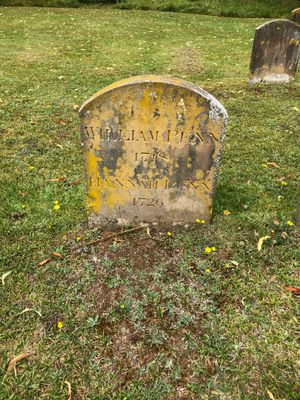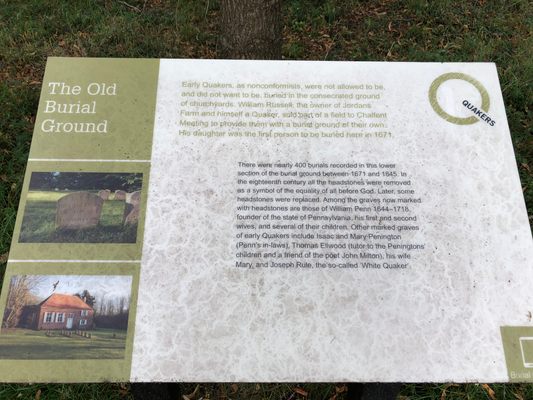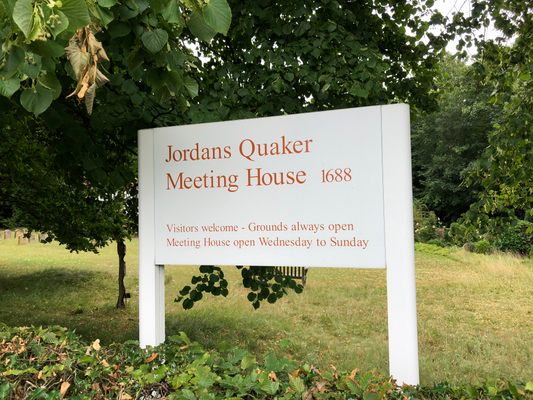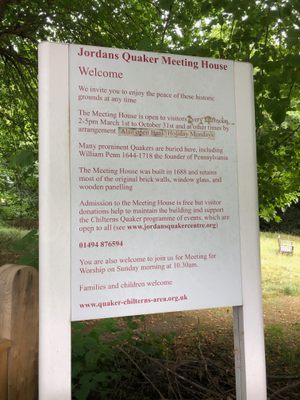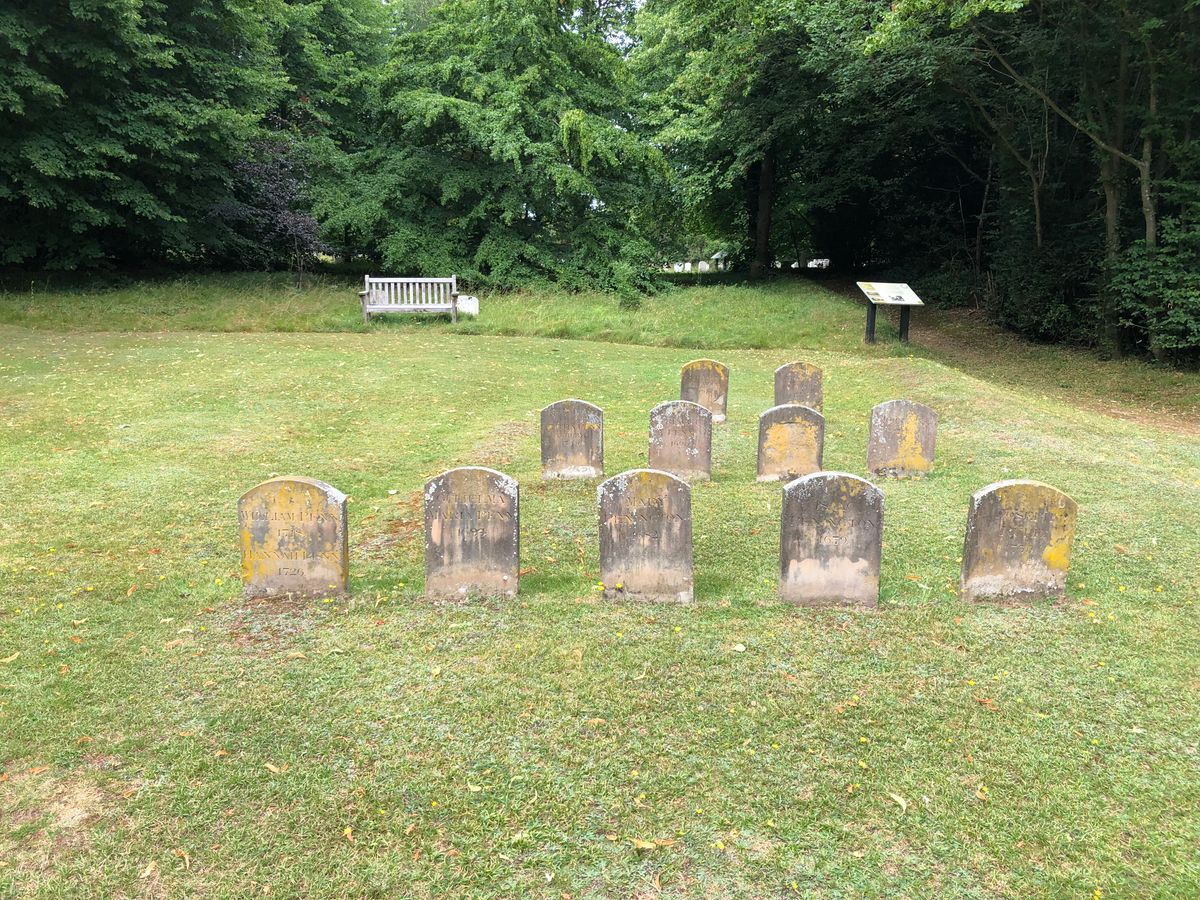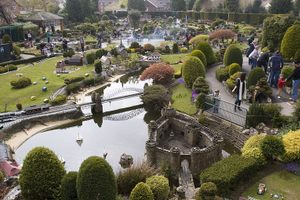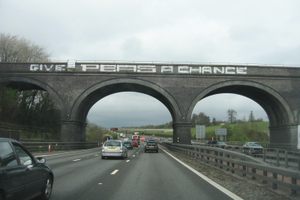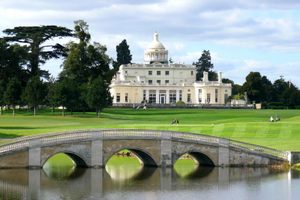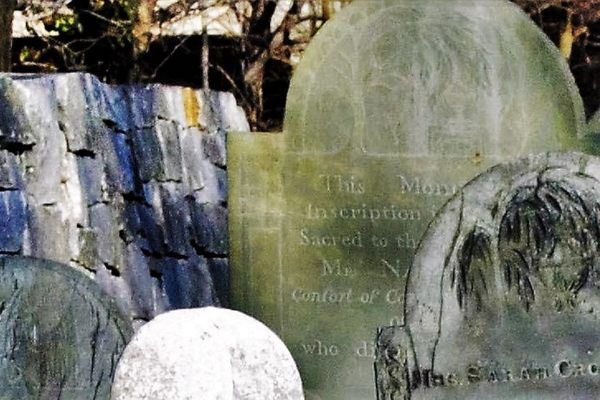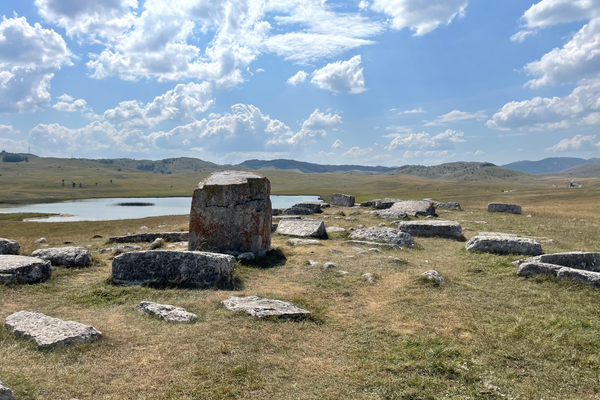About
William Penn may be best known for establishing the Pennsylvania Colony, but his remains lie in an unassuming grave in the English countryside at the Old Jordans Cemetery near the experimental Quaker town of Jordans in Buckinghamshire, England.
The son of a prominent naval officer, Penn attended Oxford University and studied the classics and law. At the age of 22, he converted to the Religious Society of Friends (Quakers), which created tension with his father and eventually led Admiral Penn to disown his son. The younger Penn soon befriended the founder of the Religious Society of Friends, George Fox, who became his mentor.
Upon his father's death, Penn received a large inheritance from the family's estate. In 1681, he accepted a grant from King Charles II for the land that would become the Pennsylvania Colony. The grant covered a debt of 16,000 pounds the Crown had owed to Penn’s father. William Penn used the land as a sanctuary for his persecuted sect, the Religious Society of Friends. Penn traveled to the New World in 1682, along with other religious dissidents, to establish the Pennsylvania colony and the city of Philadelphia, laying out a grid for the city himself.
After founding the colony, Penn traveled back and forth between the New World and England twice, living in Pennsylvania only from 1682 through 84 and 1699 through 1701. Between these visits, Penn returned to England to defend his grant against those who would place it under direct royal control instead of under an individual land grant.
Under King James II’s Declaration of Indulgence in 1687, local Friends built Jordans Meeting House, one of the oldest Quaker Meeting Houses. Penn and his family returned to the colony in 1699 then back to England in 1701, never to see his colony again.
The threat that sent Penn back to England in 1701 was the Royal Board of Trade, which was addressing concerns that the Quakers were dominating Pennsylvania’s legislature and due to their pacifist beliefs, refused to create a militia to defend the colony by land or sea. They were also concerned with ongoing trade with pirates that were being conducted from the port of Philadelphia. Several counties that would later make up the state of Delaware were also calling for their independence from Pennsylvania.
While Penn was able to navigate these choppy waters, his final years in England were difficult, including multiple attempts to end his ownership of Pennsylvania due to administrative and financial concerns. Penn’s efforts to retain the Pennsylvania colony included the sale of his family home, a nearly 10-month stint in Fleet Prison (a London jail for debtors), and finally, an increased debt load due to mortgaging the colony in secret to his accountant in Ireland, Philip Ford. This essentially made Ford the colony’s legal proprietor. In 1712, Penn suffered a stroke, severely limiting his abilities until he quietly died in July 1718.
Penn’s gravestone is plain and carved with only his name and death year. He is buried with his second wife Hannah Callowhill directly above him and his first wife Gulielma Springett and her mother Margaret Penington lie to his right. Additionally, 10 Penn children are buried in the cemetery.
The tombstones date from the mid-1800s as the first stones were removed in 1766, when in an attempt to equalize the dead, the local Quaker group removed all markers. In 1881, the Pennsylvania State Government requested his remains be moved to Philadelphia, but the request was refused in keeping with Quaker values due to the pomp and circumstance it would entail.
Related Tags
Know Before You Go
The grounds are open anytime. There is a pull-off in front of the wooden gates on the right of Jordans Lane when heading north just past Welders Lane.
The Penn graves are on the right of the gate in a triangle shape in the lower area in front of the Meeting House.
The Meeting House is open to visitors every afternoon 2 to 5 p.m. from March 1 through Oct 31 and at other times by arrangement. Admission to the Meeting House is free, but visitor donations help maintain the building and support the Chilterns Quaker program of events which are open to all.
Published
December 6, 2019
